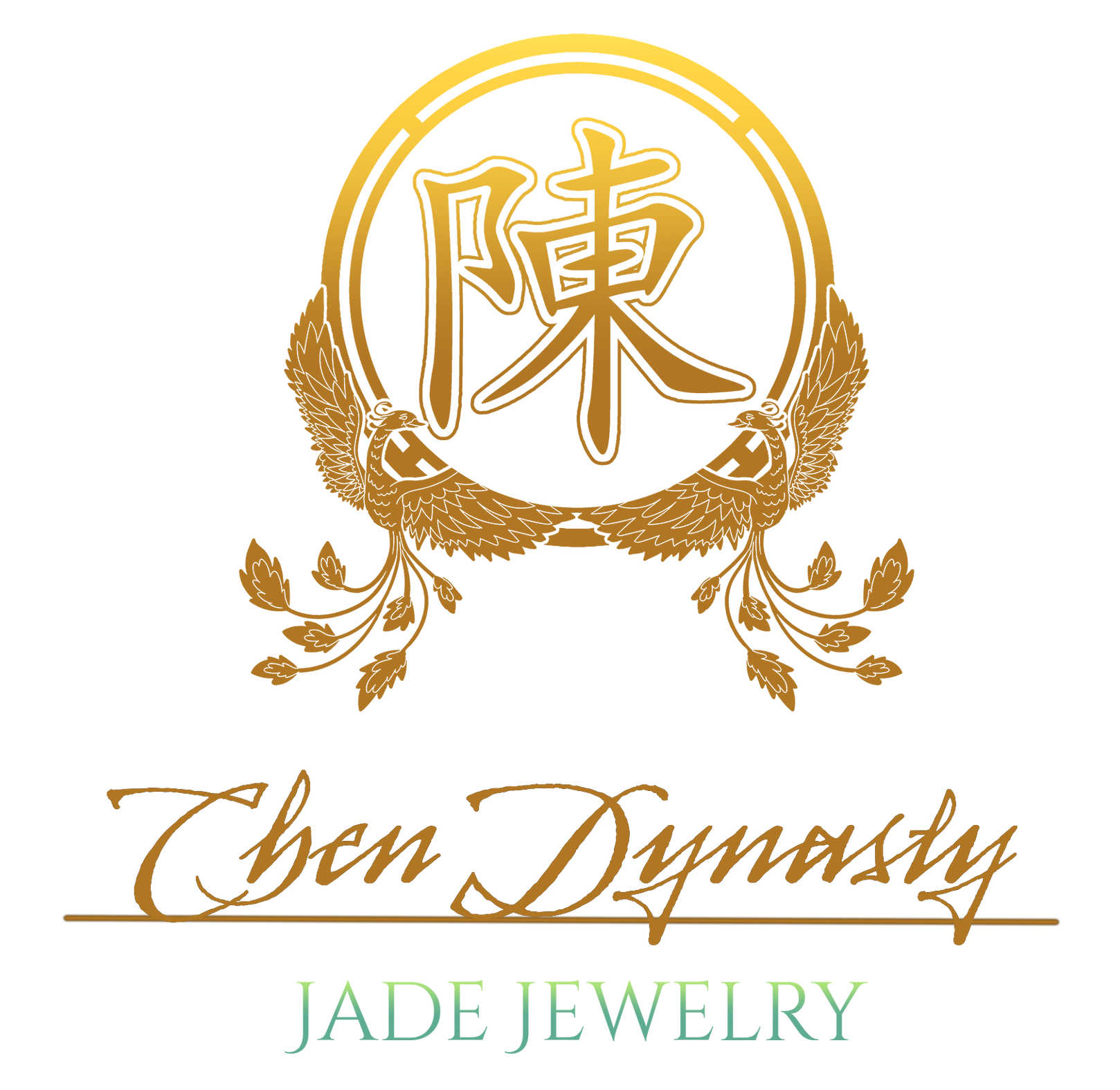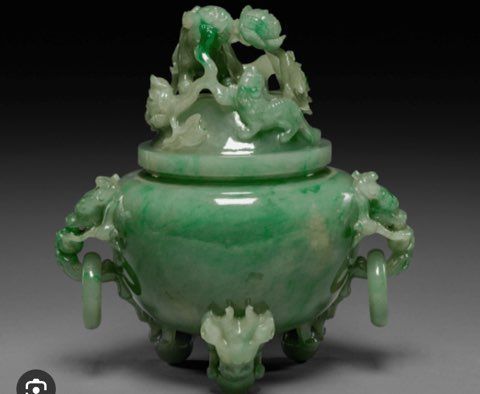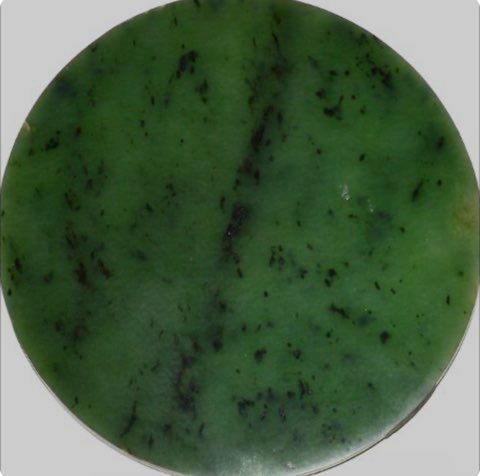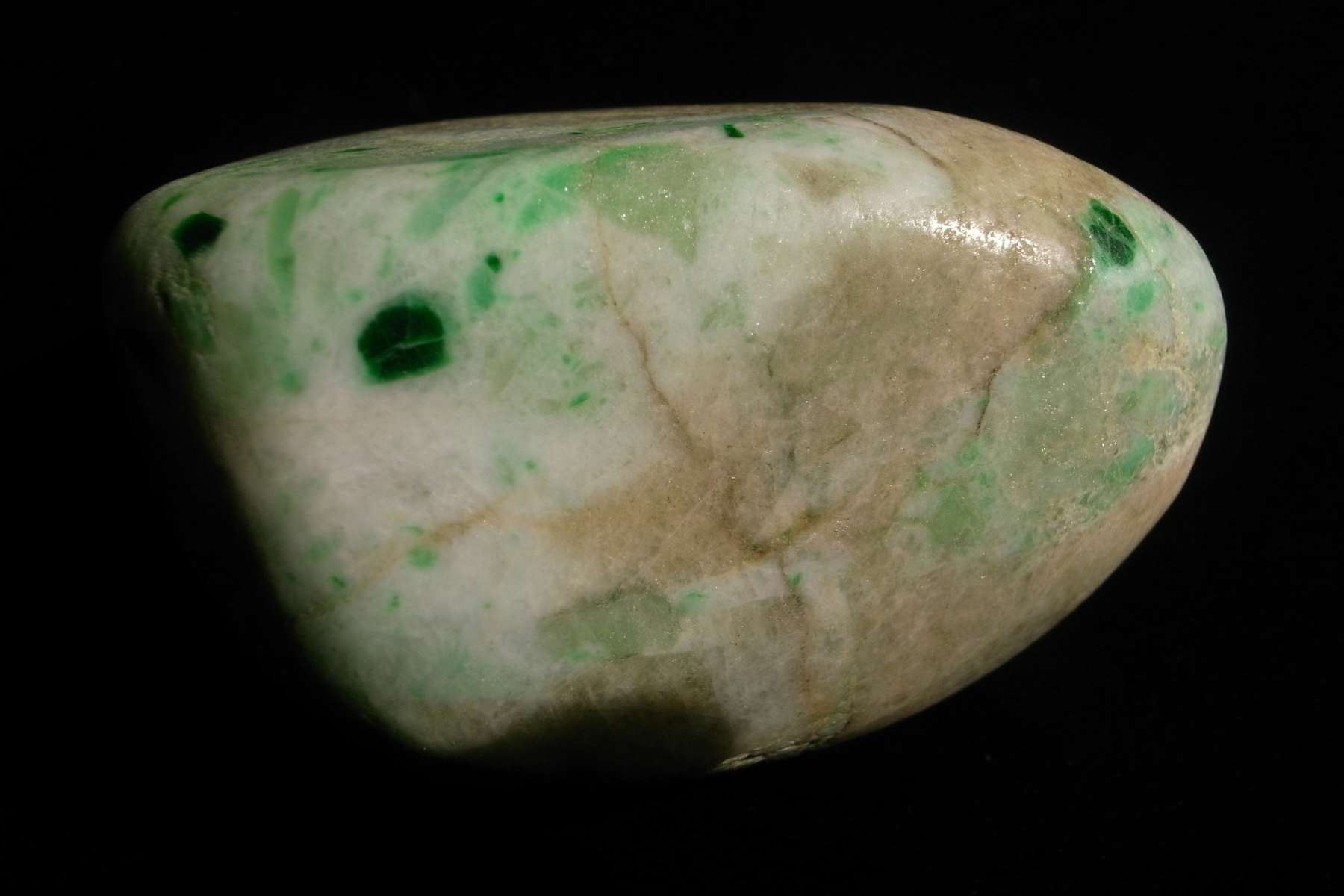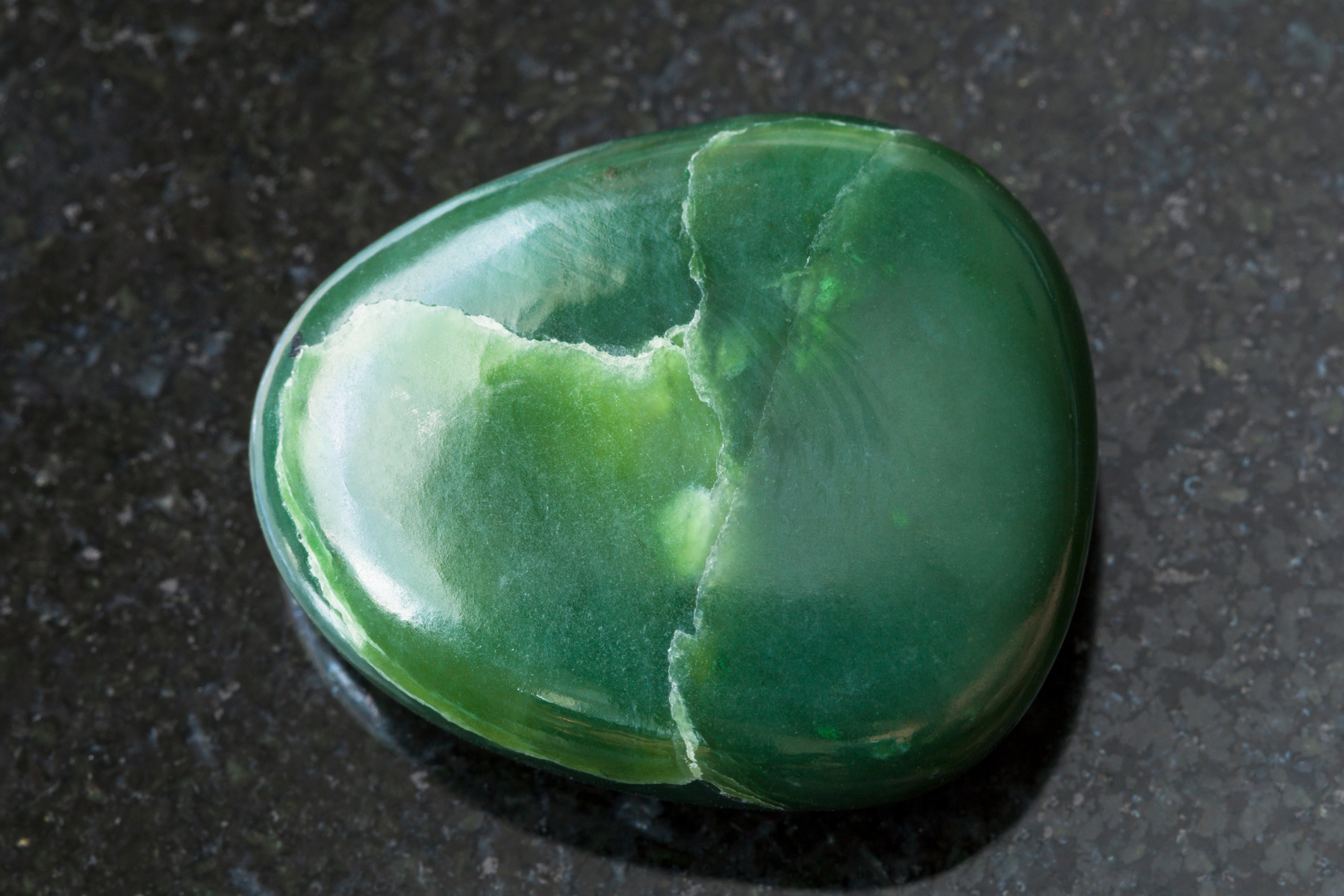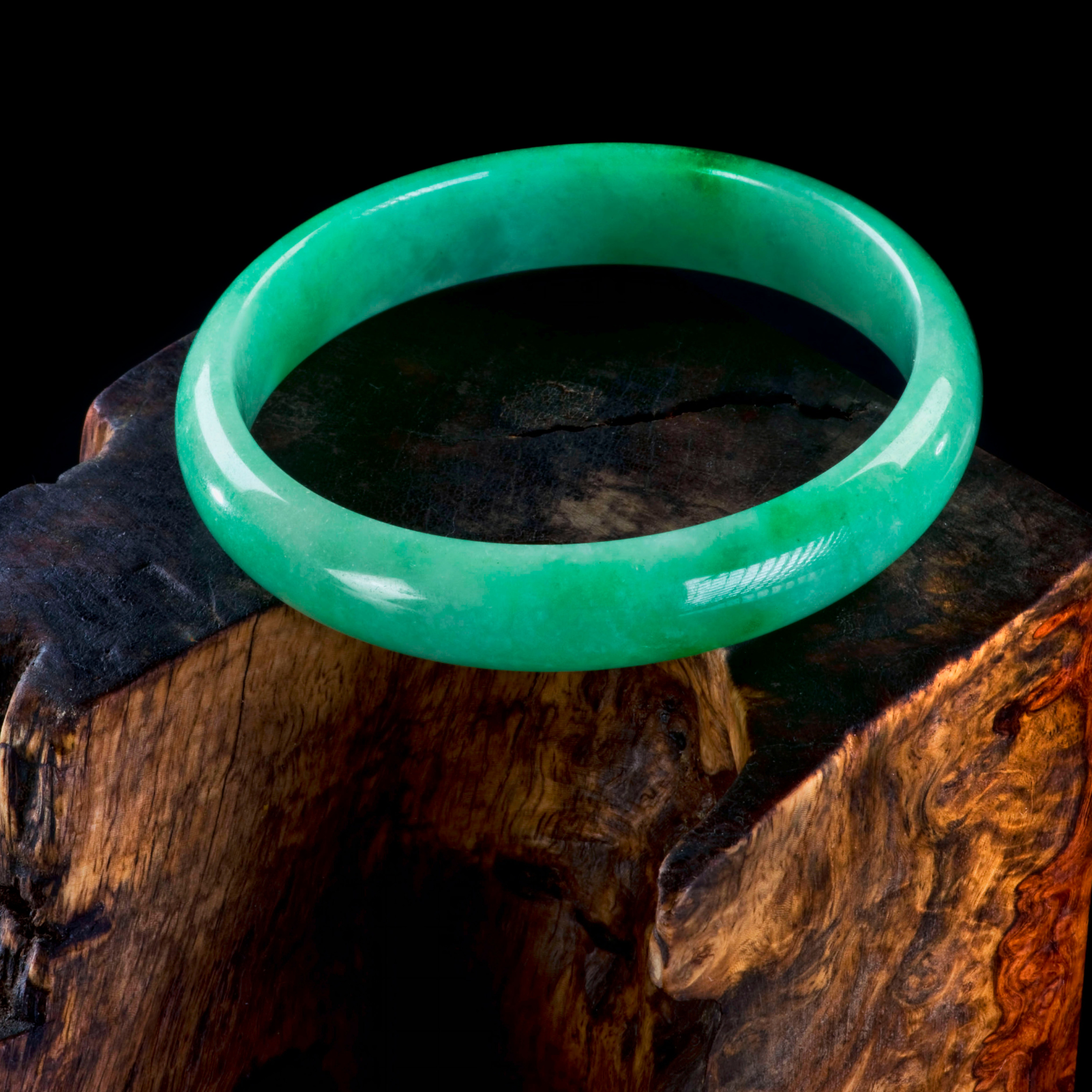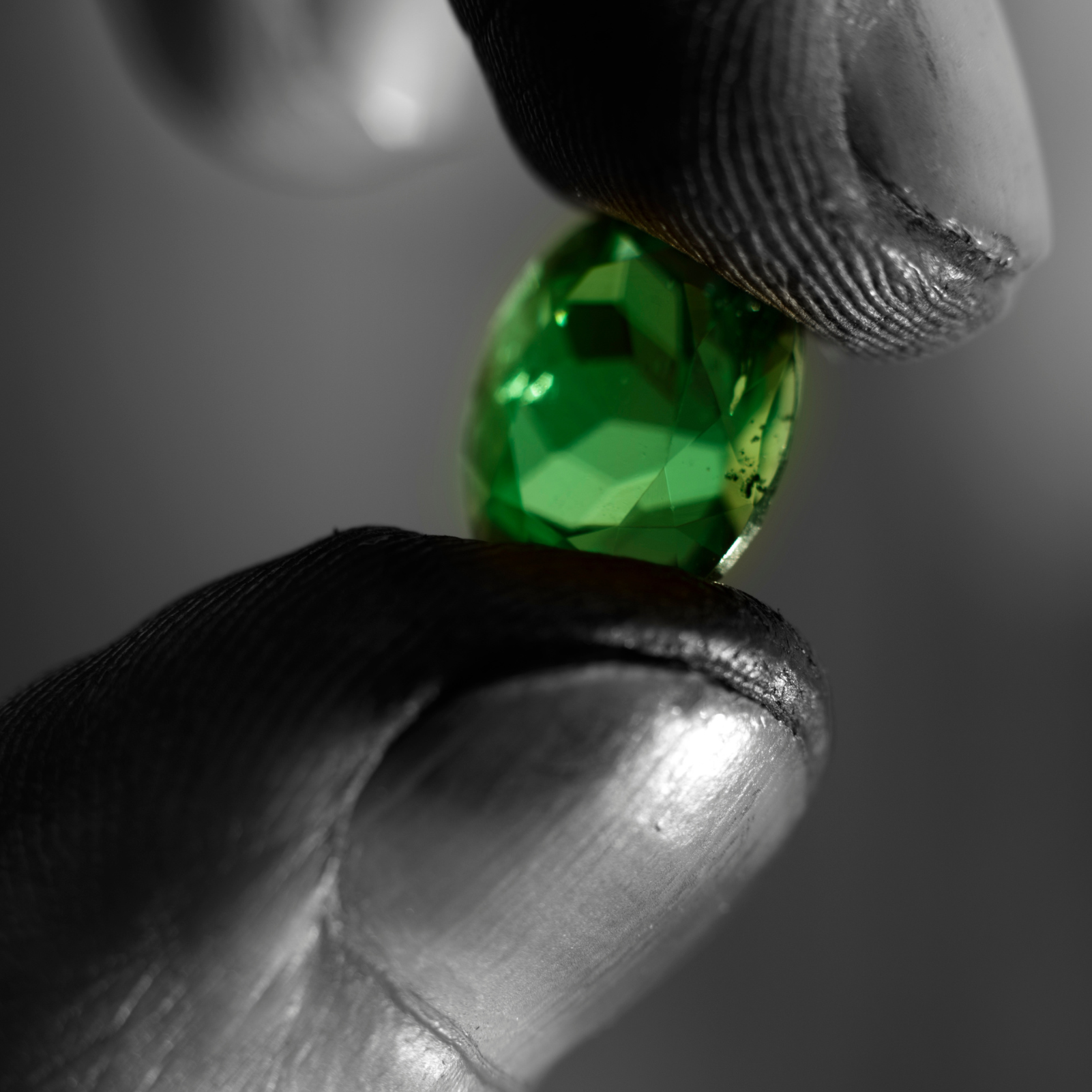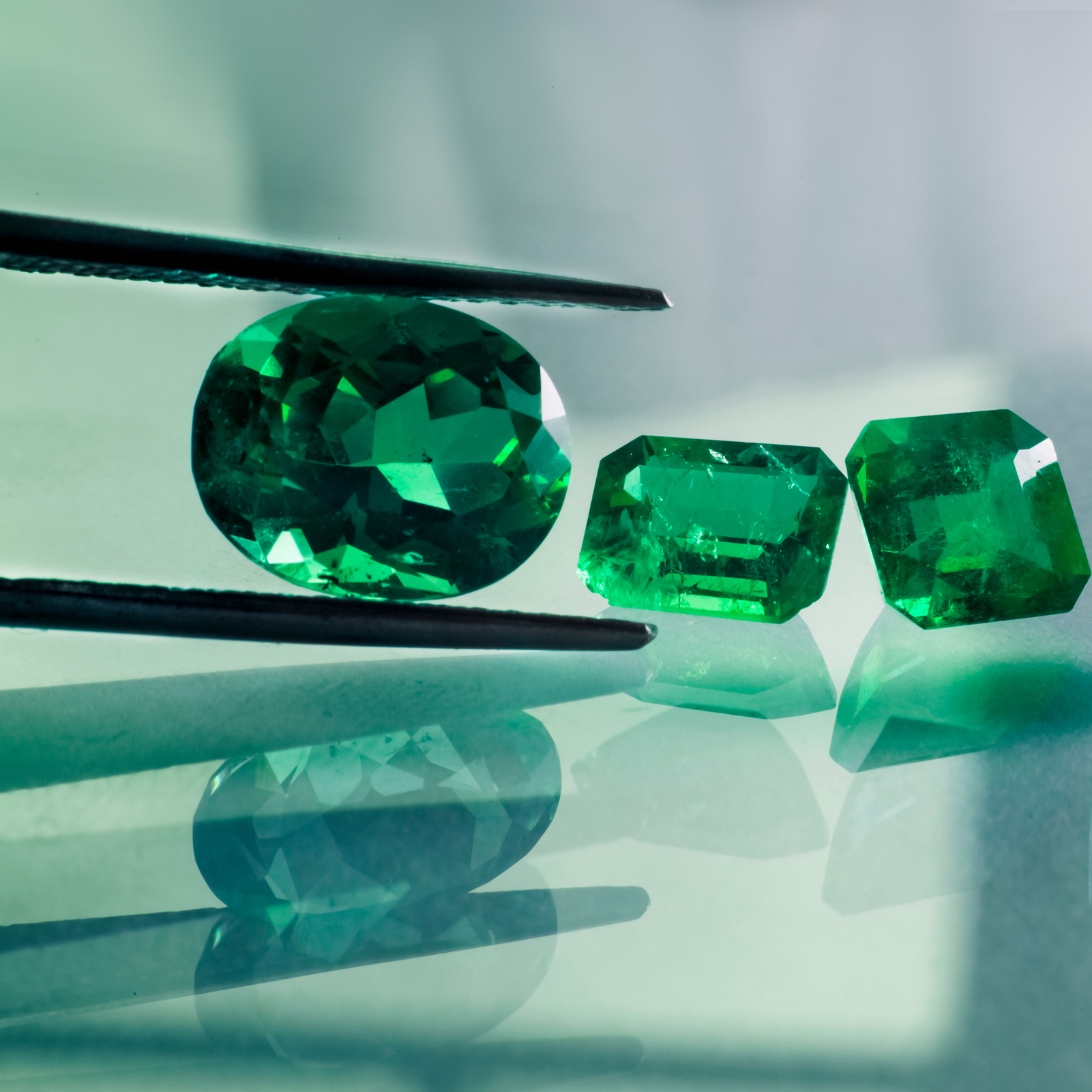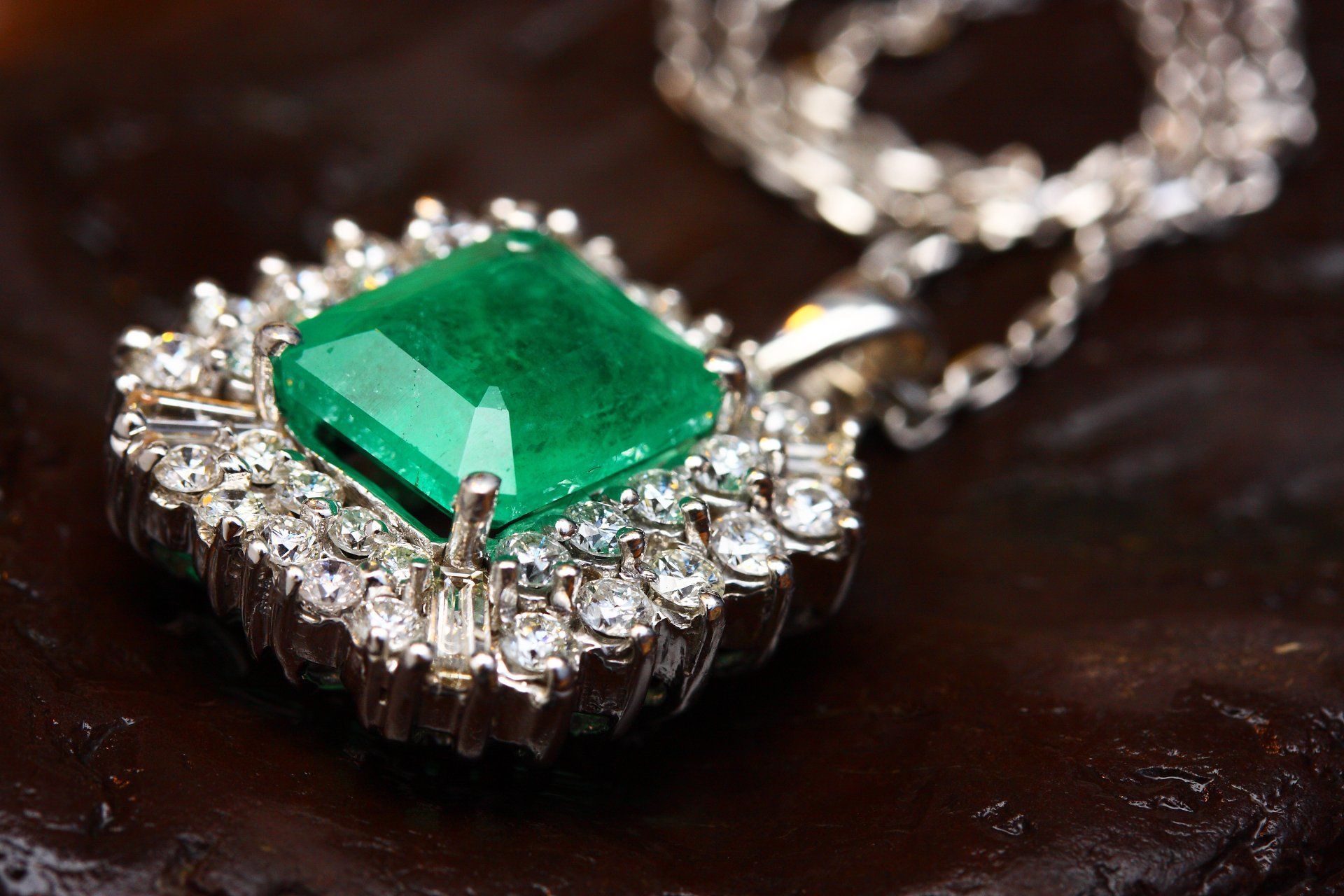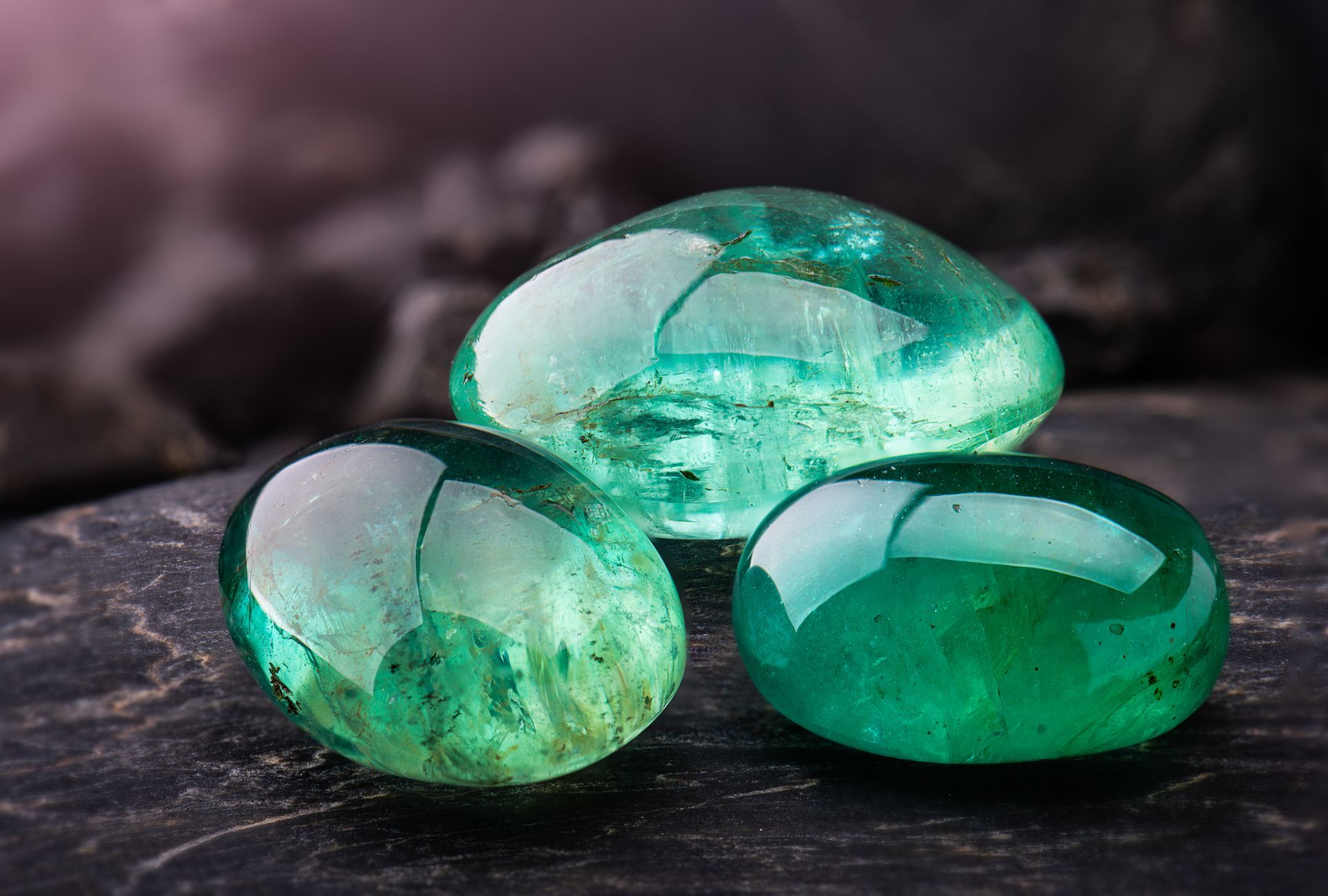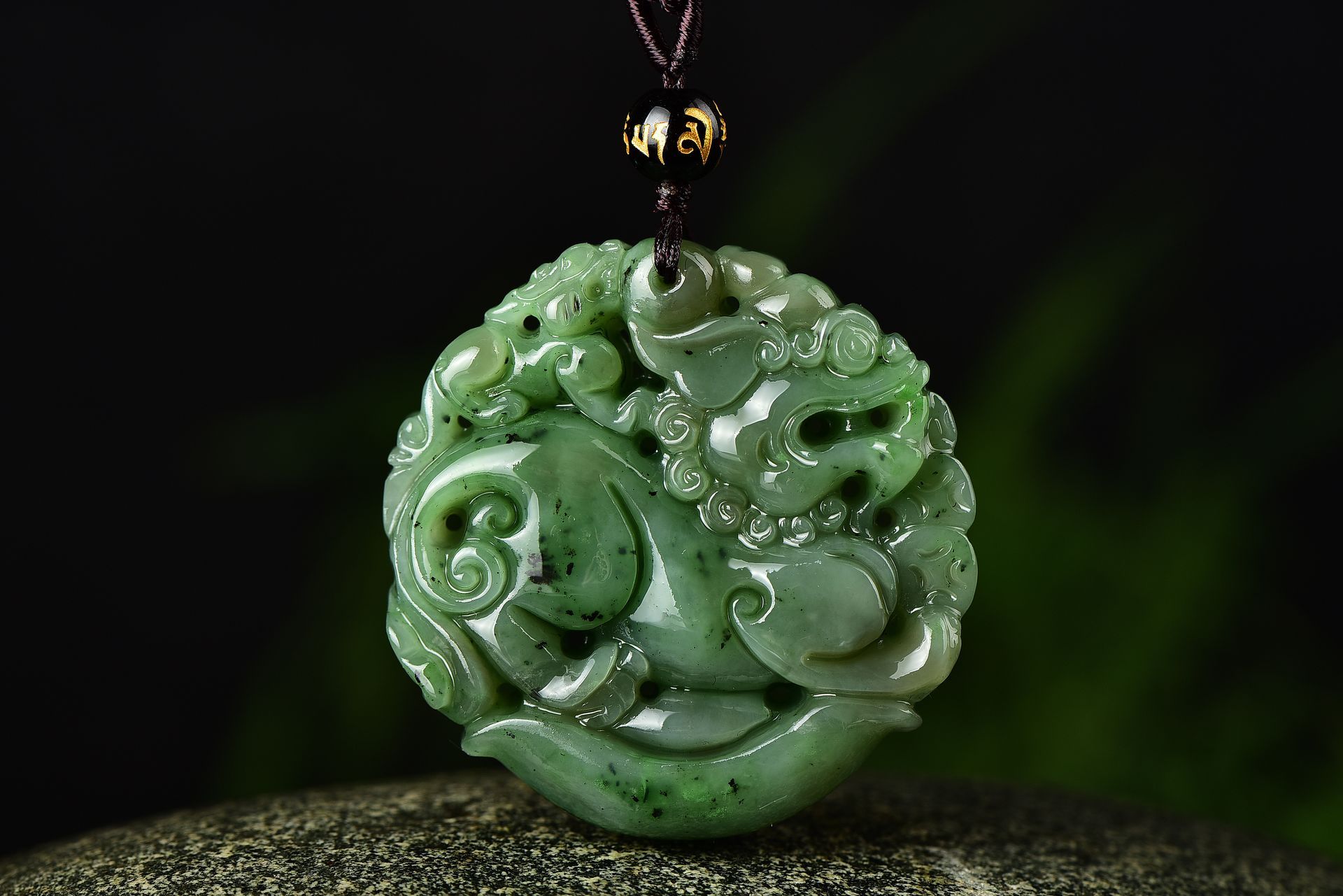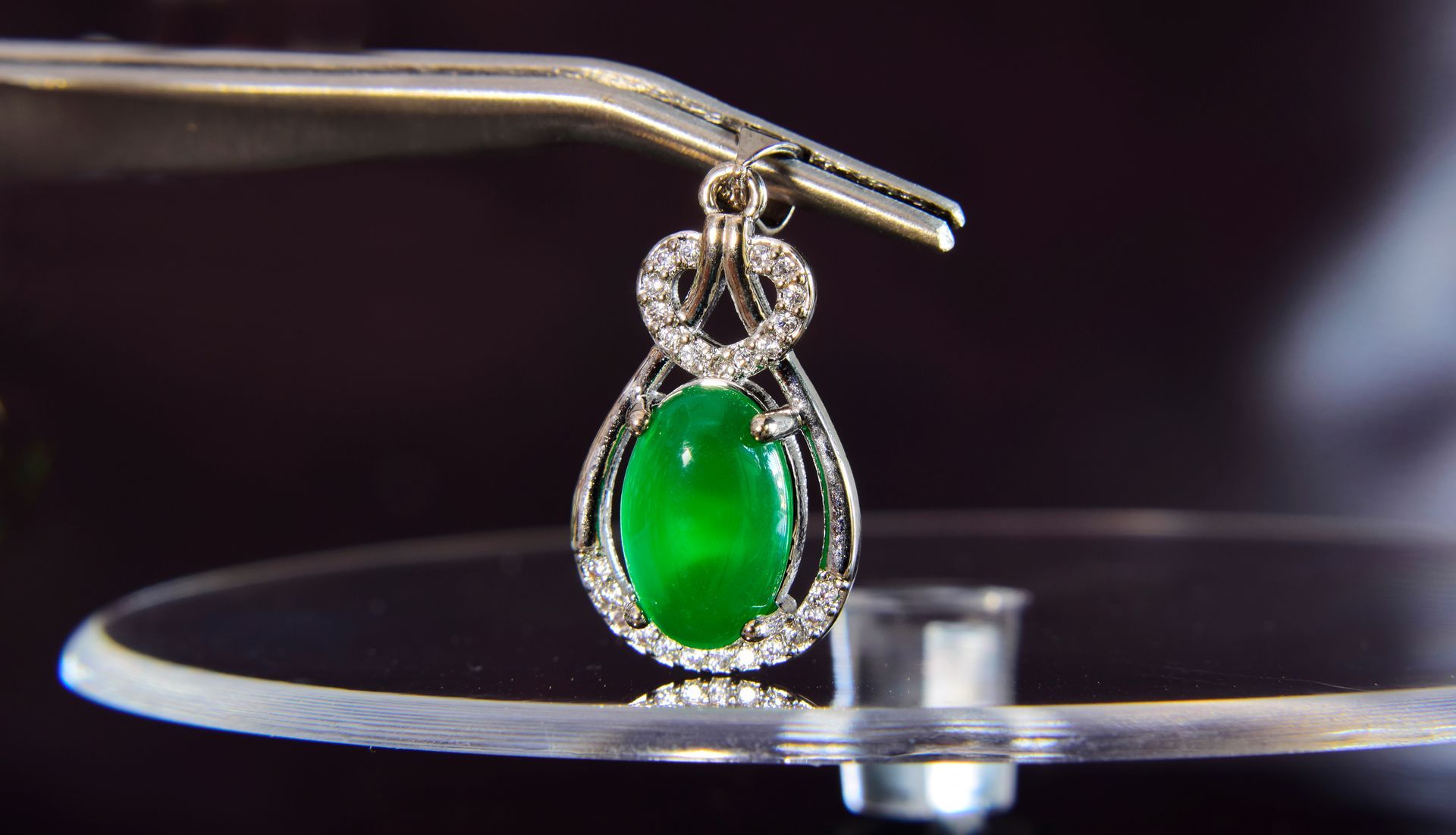FACTS & INFO
Jade: Cultural History, Significance, and Treatment
Jade has captivated cultures for thousands of years, revered for its beauty, durability, and symbolic significance. In this section, we'll explore the cultural history of jade, its significance across different civilizations, the differences between treated and natural jade, common treatment methods, and the various jade stimulants used in the market today.
Jade is a gemstone that has been used in china and other parts of the world such as Russia, Canada, Central America and Australia for thousands of years to make tools, weapons, statues and jewelry.
When speaking of jade, there are only two stones that are considered jade according to gemologist, which are Jadeite and Nephrite.
Cultural History and
Significance of Jade
Ancient China: The Stone of Heaven
In ancient China, jade, known as "yu" (玉), was considered the "Stone of Heaven." It was more valued than gold or silver and symbolized purity, moral integrity, and immortality. Emperors were buried with jade suits, believing it would grant them immortality. Jade was used in various artifacts, from intricate carvings to ceremonial objects and jewelry.
Mesoamerica: The Jewel of the Gods
The Olmec, Maya, and Aztec civilizations of Mesoamerica also prized jade, associating it with life, fertility, and power. The Maya called jade "chalchihuitl" and used it in ritual objects, masks, and jewelry. Jade was so valued that it was often used in offerings to deities and as a marker of social status.
Maori Culture: A Symbol of Strength and Heritage
In Maori culture, jade, known as "pounamu," holds deep spiritual significance. It is considered a taonga (treasure) and is used to make tools, weapons, and ornaments. Each piece of pounamu carries a unique history and is often passed down through generations, symbolizing strength, authority, and connection to the ancestors.
Natural Jade vs. Treated Jade
Natural Jade
Natural jade is valued for its rarity and intrinsic beauty. It comes in two main types: jadeite and nephrite. Jadeite is typically more valuable due to its wider range of colors and translucency. Natural jade undergoes no enhancements other than cutting and polishing.
Treated Jade
Treated jade, on the other hand, undergoes various processes to improve its appearance. These treatments can enhance color, remove impurities, and stabilize the stone. While treated jade can still be beautiful, it is generally less valuable than natural jade.
Difference Between Jadeite and Nephrite
Jade, a highly valued gemstone, comes in two distinct mineral forms: jadeite and nephrite. Both have been prized for millennia, but they differ significantly in terms of composition, appearance, and cultural significance.
Composition and Appearance
Jadeite
- Chemical Composition: Sodium aluminum silicate (NaAlSi2O6).
- Hardness: Mohs scale of 6.5 to 7.
- Colors: Typically more vibrant, ranging from intense greens to lavender, blue, red, orange, yellow, and even black.
- Texture: Generally has a granular, crystalline structure, which can appear glassy or opaque.
- Geographical Sources: Primarily found in Myanmar (Burma), Guatemala, and the USA (California).
Cultural History & Significance:
- Cultural Regions: Primarily valued in Mesoamerican cultures such as the Maya and Aztecs, and in East Asia, especially in China during later dynasties.
- Historical Use: In Mesoamerica, jadeite was used for elite artifacts, ceremonial objects, and personal adornment. In China, jadeite became popular during the Qing Dynasty (1644–1912) and is often associated with imperial status and power.
- Symbolism: Jadeite is often associated with nobility, status, and spiritual purity. In China, it's particularly esteemed for its vibrant green color, which symbolizes vitality and growth.
Value and Market Differences
- Market Value: Generally higher than nephrite, especially when the jadeite is of imperial green quality, characterized by its intense, translucent emerald green color.
- Desirability: Jadeite's diverse color palette and higher transparency make it more desirable in the international gemstone market.
Nephrite
- Chemical Composition: Calcium magnesium iron silicate (Ca2(Mg,Fe)5Si8O22(OH)2).
- Hardness: Mohs scale of 6 to 6.5.
- Colors: Predominantly found in various shades of green, but can also be white, yellowish, brown, and black.
- Texture: Exhibits a fibrous structure, giving it a more silky and smooth appearance compared to jadeite.
- Geographical Sources: Widely distributed, found in China, New Zealand, Russia, Canada, and the USA (Wyoming).
- Cultural Regions: Extensively used in ancient China, New Zealand by the Maori, and by Native American tribes.
- Historical Use: In China, nephrite has been used since the Neolithic period for tools, weapons, and later for intricate carvings and ceremonial items. The Maori crafted tools, weapons, and ornaments from nephrite, known locally as pounamu.
- Symbolism: In Chinese culture, nephrite is associated with virtues like courage, wisdom, and compassion. The Maori regard pounamu as a treasure of great cultural and spiritual significance, symbolizing strength, status, and connection to ancestors.
- Market Value: Typically less expensive than jadeite, though exceptionally fine pieces can still command high prices.
- Desirability: Valued for its historical and cultural significance, particularly in regions where it has been traditionally used.
Common Jade Treatments
Bleaching and Polymer Impregnation (Type B Jade)
- Process: Jade is bleached to remove impurities and then impregnated with polymers to enhance transparency and stabilize the stone.
- Identification: UV light can reveal polymer presence; treated areas may fluoresce.
Dyeing (Type C Jade)
- Process: Jade is dyed to improve or change its color.
- Identification: Color concentrations are often uneven; dye can be detected with certain chemical tests.
Combination Treatments (Type B+C Jade)
- Process: Jade undergoes both bleaching/polymer impregnation and dyeing.
- Identification: Exhibits characteristics of both Type B and Type C treatments.

